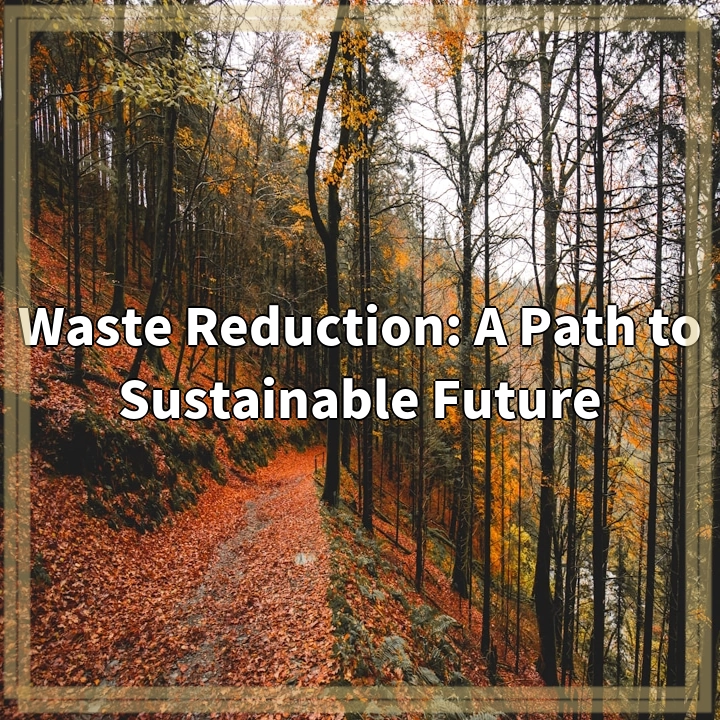
What it is:
Green strategies for antique restoration refers to the use of environmentally friendly and sustainable practices in the process of restoring and preserving antique items. This approach aims to minimize the environmental impact of restoration activities and promote the long-term sustainability of these valuable historical pieces.
Real-world problems:
There are several real-world problems associated with antique restoration that make the implementation of green strategies essential:
Chemical pollution:
Traditional restoration often involves the use of toxic chemicals such as solvents, varnishes, and sealants. These substances can release harmful fumes into the environment, pose health risks to restorers, and contribute to water and soil pollution if not properly managed.
Waste generation:
The restoration process can generate significant amounts of waste, including excess materials, packaging, and contaminated debris. Improper disposal of these waste materials can lead to pollution and contribute to the overall waste problem.
Resource depletion:
The extraction and production of materials used in traditional restoration practices, such as wood, metals, and pigments, often contribute to environmental degradation and resource depletion. As the demand for antique restoration increases, so does the need for these materials, further exasperating the problem.
High energy consumption:
Traditional restoration methods may involve energy-intensive processes, such as high-temperature treatments or the use of heavy machinery. This can result in significant energy consumption and contribute to carbon emissions and climate change.
Lack of long-term sustainability:
Without sustainable practices, the restoration of antique items may not consider the long-term preservation and conservation of these pieces. The absence of green strategies can result in the use of materials and techniques that may harm the integrity and authenticity of the antique, potentially threatening their future existence.

Solutions: Green Strategies for Antique Restoration:
1. Use of eco-friendly materials:
Evaluate and utilize environmentally friendly materials such as low VOC (Volatile Organic Compound) paints, organic solvents, and non-toxic adhesives to reduce chemical pollution and minimize health risks for restorers.
2. Waste management and recycling:
Implement proper waste management practices, including recycling and responsible disposal of waste materials generated during the restoration process. This helps minimize pollution and reduce the overall environmental impact.
3. Sustainable sourcing of materials:
Opt for materials obtained from sustainable sources, such as reclaimed wood or recycled metal, to reduce the demand for virgin resources. This helps preserve natural habitats and reduces the environmental impact associated with resource extraction.
4. Energy-efficient techniques:
Adopt energy-efficient techniques, such as utilizing low-energy equipment, maximizing natural lighting, and optimizing insulation, to minimize energy consumption during the restoration process.
5. Preservation-oriented approach:
Ensure that restoration practices prioritize the long-term preservation and conservation of antique items. This involves using reversible techniques, documenting restoration processes, and considering the historical and cultural significance of the item.















